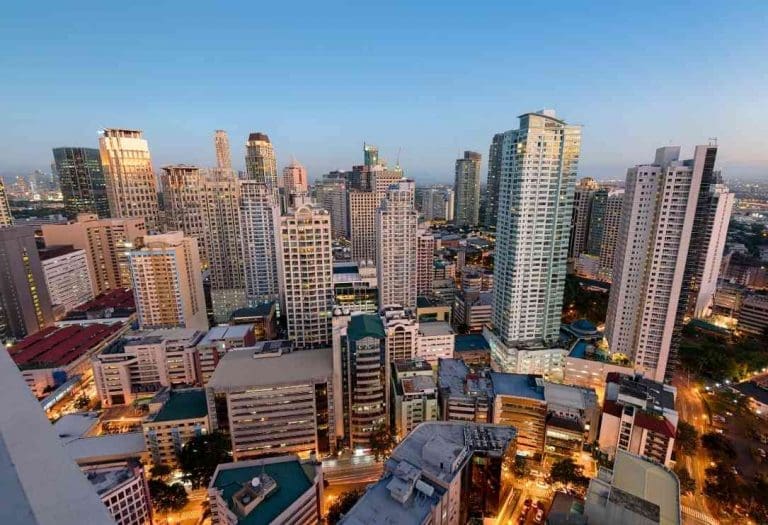Living in Rome: tips and advice on how to live la dolce vita
Wondering what living in Rome is like? Jiayi Wang spent ample time in Rome and in this post, she will share her experiences and tips on life in Rome as an expat.
My name is Jiayi, and I was originally born in China. However, when I was 6 years old, my parents decided to move our family to Rome, Italy, where I spent the following 12 years of my life. I, therefore, spent the majority of my childhood and my entire adolescence in the Eternal City and have gotten to know all the ins and outs of living there. I also consider myself Roman by heart.

Even though I now reside in London, I still visit Rome for long periods of time every year because my family still lives there. I’m therefore well up-to-date with how living in Rome is like these days too.
Personal experience in living in Rome
Culture and Leisure in Rome
It’s definitely not a secret that Rome is one of the best dream destinations on earth for culture, food, and leisure. Any Rome itinerary will have its good share of ancient monuments, art galleries, and foodie adventures — so just picture what it’s like to live in the Eternal City!
There are plenty of amazing art galleries in Rome, such as the Galleria Borghese and the Musei Capitolini. The best thing about it is that on the first Sunday of each month, many museums, art galleries, and historical sites such as the Colosseum are free for all visitors!
See also: Best digital nomad cities in Europe
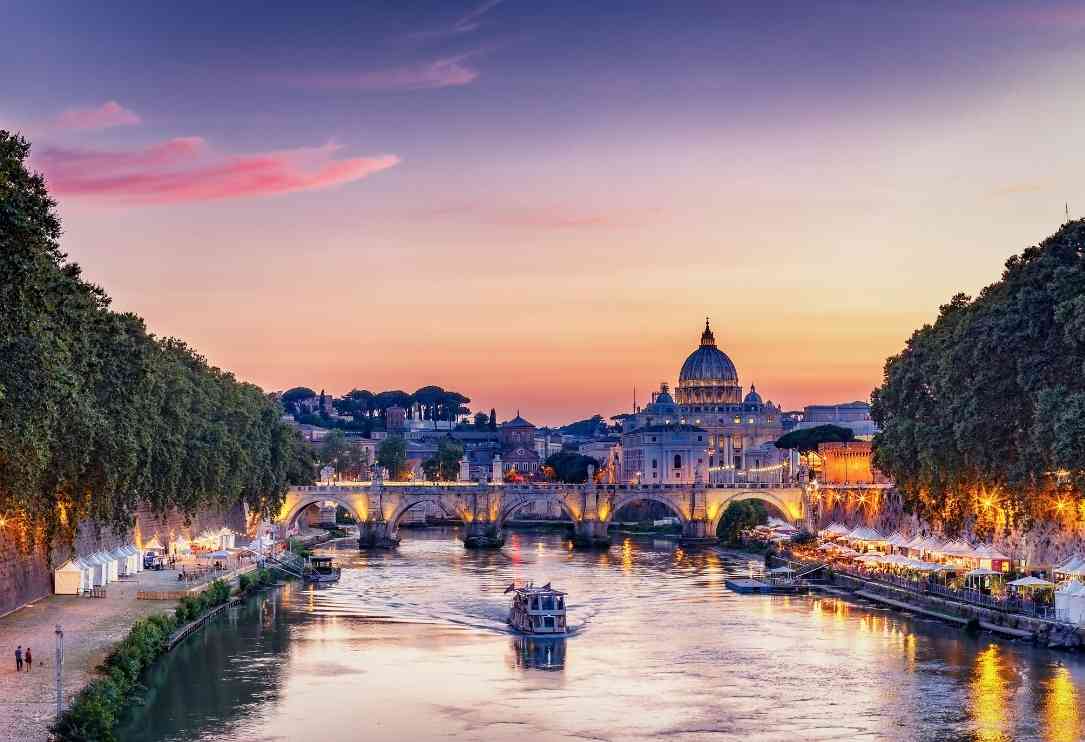

There are also plenty of amazing night tours of Rome to take. My favorite one is the Dark Heart of Rome tour, which delves into all the mysteries and legends surrounding the popular spots in town. It definitely allows you to see a new side of the city. You can also join some wine and cheese tasting tours to learn more about Roman culture from the locals.
Being a young expat in Rome
As a young expat, there are plenty of fun activities to do in Rome during the day and night. If you’re into partying, Goa is one of my favorite nightclubs and always puts on great electronic/techno beats. Their dance floor is superb, and you’ll want to stay until dawn!


If you’re looking for the best bars and pubs, head over to the neighborhoods of Testaccio, Ostiense, or Campo de’ Fiori — where a lot of young locals and expats spend the evening.
Transportation in Rome
I’ll be honest, transportation is not the greatest in Rome. It’s not uncommon for buses to be tremendously late, especially if you’re outside the city center. Sometimes, you can wait up to 3 hours for a bus (no joke). Within the historic center, it’s a bit better. However, my top tip is if you can get somewhere via Metro, then pick that over buses. Metros are usually more punctual and reliable.
Related: Living in Manchester, United Kingdom as an expat
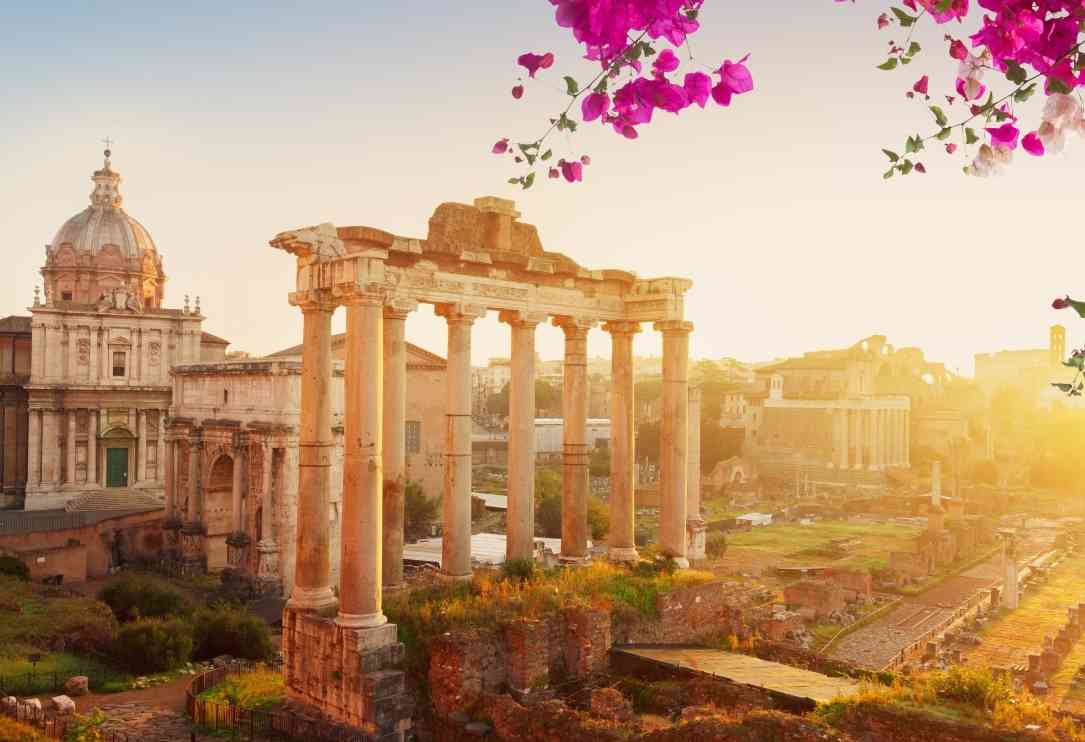

There are three Metro lines in Rome and they connect you to many important spots in town. However, depending on where you live, your area might not be covered and you might have to take a regional train instead.
Driving in Rome is also not the most efficient way to get around. I often found myself stuck in hours of traffic, and parking spots — especially in the city center — are usually pretty difficult to find.
Food in Rome
It should come as no surprise that food is definitely one of the biggest upsides of living in Rome. There are endless delicious local cuisines to choose from, and tons of Roman specialties to taste.


All over town, you’ll see pizzerias selling the local specialty of pizza al taglio. This kind of pizza is essentially cut in rectangles rather than brought to you pie-shaped. What I love most about pizza al taglio is that it’s incredibly easy to eat on the go, comes with tons of different topping options, and is also very budget-friendly! You only need 2-3 slices per meal, which would only cost around €3-4 in total.
The neighborhood of Trastevere is one of my favorite places to eat out. It is home to some of the most authentic and local-approved restaurants in town. It’s considered the #1 foodie neighborhood in Rome for a reason! Grab a carbonara at Nannarella and you’ll see what I mean.
Safety in Rome
While living in Rome is generally safe, there is one important thing to keep in mind, especially if you plan to be in the historic center a lot: mind the pickpockets! Rome is, unfortunately, the second most popular city in Europe for pickpockets (the first one being Barcelona). I have definitely gotten pickpocketed before, and honestly know very few people living in the city who haven’t had something stolen at least once. The pickpockets in Rome are, unfortunately, absolute pros.
Places you should especially be careful about pickpockets are crowded Metros, buses, and the streets/squares of the historic center. When you’re sitting down at restaurants in a touristy area, do not leave your bag hanging off the back of your seat. Also, avoid taking the 64 bus that goes from the Termini train station to the Vatican. As it’s a very popular route for tourists, it is especially targeted by pickpockets.
You might also like: Lisbon, the new digital nomad hotspot in Portugal


If you find yourself in a crowded bus or Metro, always keep your purse/bag close to you and hold it with your hands where you can see it. Do not underestimate how sneaky and skilled the pickpockets are!
Outside the touristy historic center, you generally won’t encounter any problems with pickpockets. However, be very careful anytime you’re at a big train station, such as Roma Tiburtina or Roma Ostiense.


There are also a lot of scammers targeting foreigners in Rome. They operate especially at the major train stations, such as Roma Termini. One of the popular ones is that a “ticket officer” would board your train right before it leaves, check your ticket, and tell you that you’ve purchased the wrong ticket and would have to pay an additional fee to make it valid for your destination. Obviously, this person isn’t actually a ticket officer, and in the case you’ve actually gotten the wrong ticket, you’d never pay an officer at the spot; you’d simply get a new ticket from the station.
Connecting with fellow expats in Rome
Making friends in Rome is very easy, as is finding other expats in town. Italians are generally very friendly, and there are plenty of meetups and events where you can find like-minded people, be it, locals or other expats.
I’m in the Facebook group “Expats living in Rome”, and there are over 30K members there. Many posts are from expats seeking advice and tips about different aspects of living in Rome, and members are generally very helpful and supportive. This group frequently hosts meetups and events too. I’ve been to a few of them in the summer, and they were super fun to attend.
Read: Living in Copenhagen as an American expat
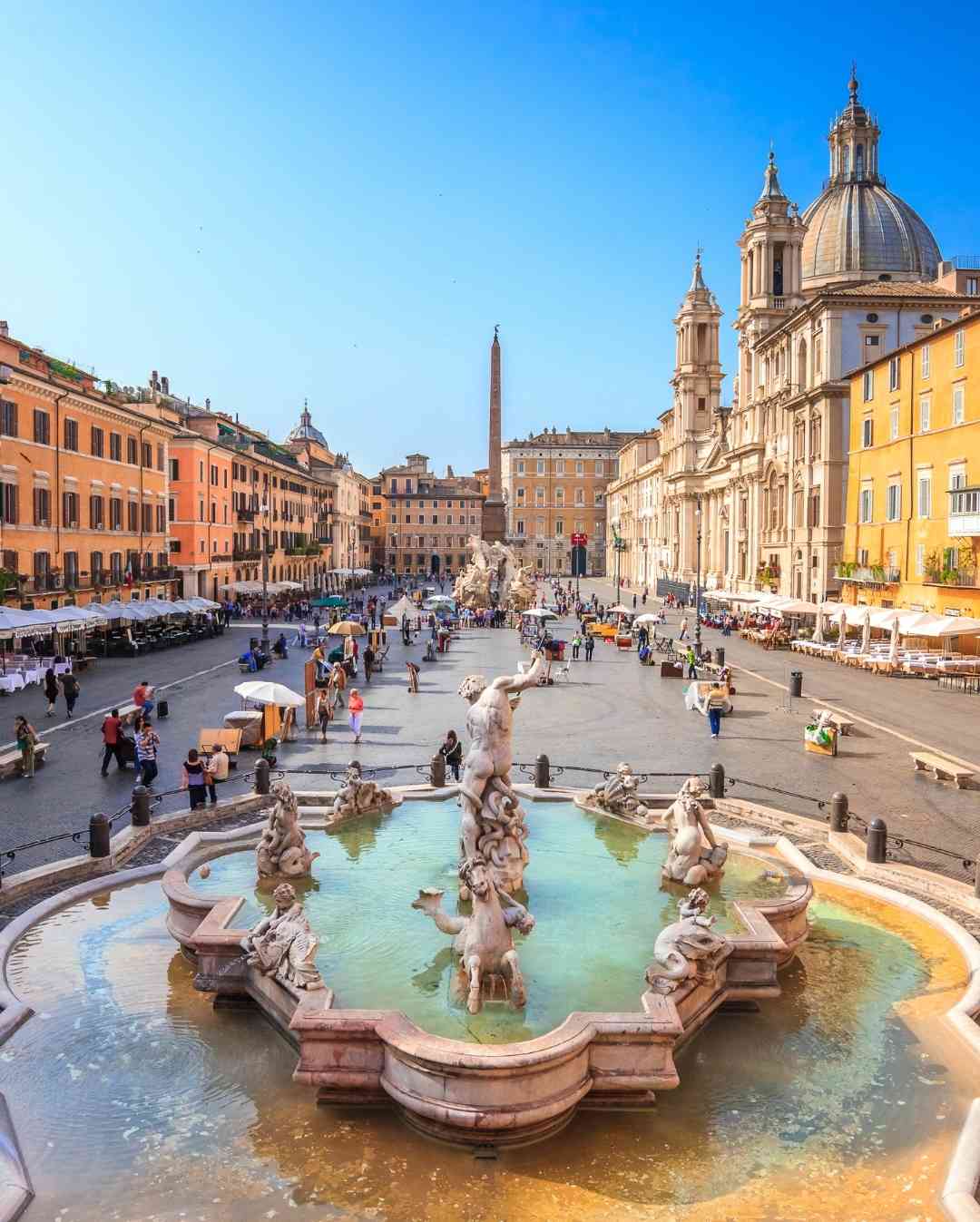

The events I joined took place in Isola Tiberina, a tiny island in the middle of the Tiber River. At night, the riverbanks completely light up with live music and a row of pop-up bars and restaurants where you can gather. The atmosphere is super lively and vibrant, and it’s the perfect place to socialize and meet new people. I’ve made some pretty good friends there that summer!
Another easy way to make new friends in Rome is to use a language exchange program, such as Tandem.net or ConversationExchange.com. I used the latter and met some pretty cool people there. This is actually a great way to make friends with the locals, as many Italians who want to improve their English sign up on these platforms, and you can, in turn, improve your Italian too!
Pros and cons of living in Rome
Let’s start with the pros of living in Rome. The food is absolutely delicious. There are plenty of cultural activities to do and historical sites to see. You’ll also be living in one of the most ancient and beautiful cities on earth, and the historic center is essentially like an open-air museum.
Rome is also sunny most of the time, and it’s only about an hour by car from the nearest beach — a great place to escape the summer heat. Moreover, the general vibe and atmosphere in town are quite relaxing and laid back. It’s also very easy to make new friends in town.


In general, this city is very female-friendly. As a woman who’s walked around town solo quite a lot, I’ve never felt unsafe. With that said, there are definitely parts of the city (such as San Basilio) where I would not want to be alone at night. Rome is also very family-friendly. There are tons of parks and green spaces for kids to play in, such as Villa Borghese and Villa Ada.
Honestly, the main downside of living in Rome, from my personal experience, is that everything takes forever to get done. If you need to get a document renewed or deal with any kind of bureaucracy, you’ll need to set aside an entire half a day for it, because things are usually very slow and inefficient. Sometimes, even mailing a package at the post office can take hours of your time.
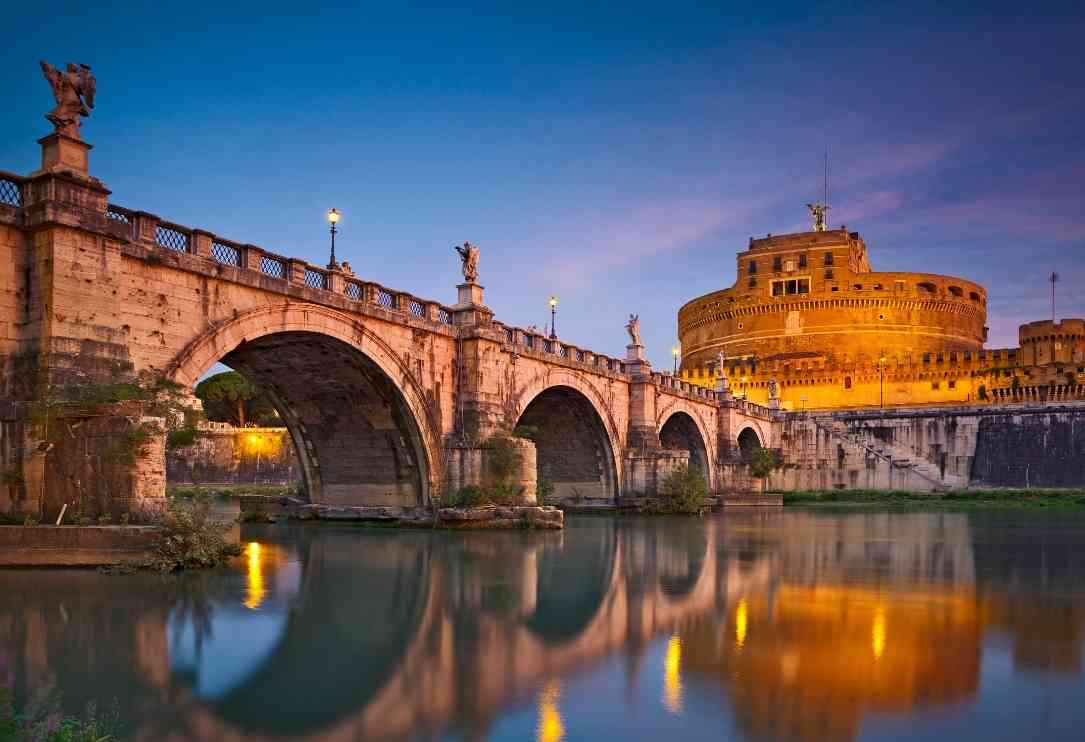

On top of that, public transportation — especially if you rely on buses, is often slow and unreliable as well. If you don’t have access to the Metro, expect a lot of waiting time at bus stops, regional train stops, or behind the wheels.
Cost of living in Rome
In Rome, you can comfortably live with around €1,150 – €1,300 a month. With this budget, you can rent a studio apartment in a good neighborhood, eat out every now and then, go to the cinema a couple of times a month and shop for clothes, etc.
Typically, you can spend around €25-30 in groceries a week and have all you’d need for your daily meals. A 500g of boneless chicken typically costs around €4, and a box of 12 large eggs is usually around €3. When I’m eating out, I usually spend between €10-13 with desserts included. With that said, I usually don’t eat in touristy area. Outside the historic center, prices are significantly cheaper. If you’re getting pizza to go, you only need to spend about €3-4 per meal.
See also: Cheapest European Cities list
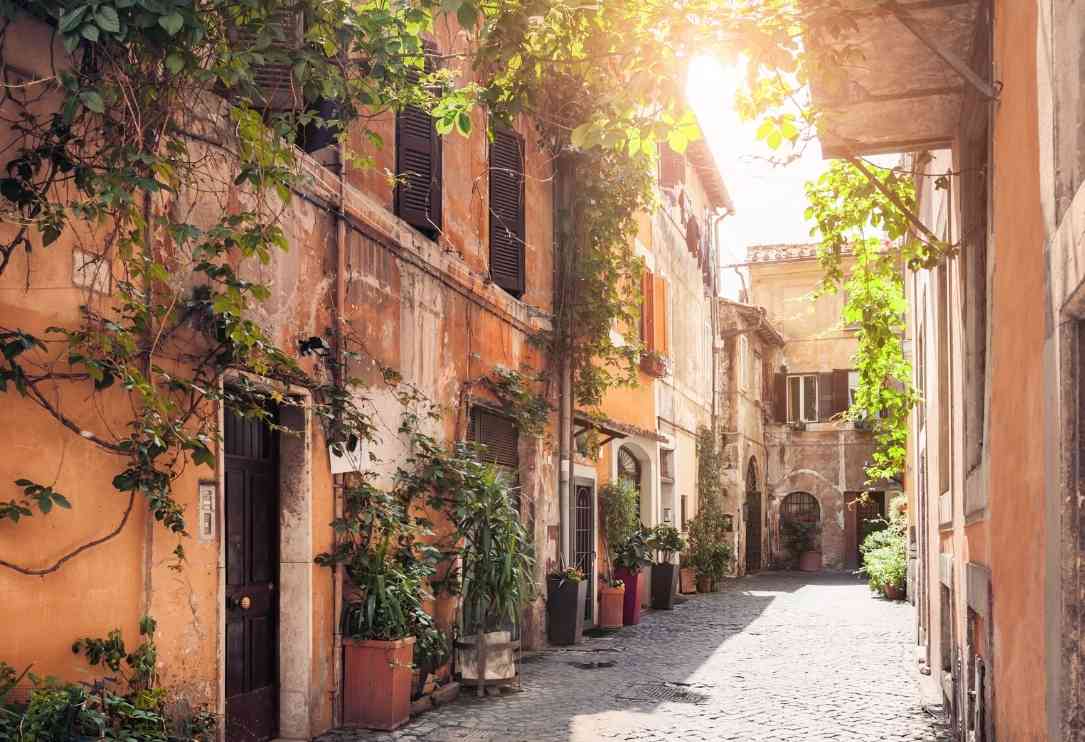

Rent can cost as low as €700 if you’re living in a small studio apartment outside the historic center. If you want a bigger studio, budget around €1,150 for it. You can use the Facebook group “Rome Housing, Rooms, Apartments, Sublets” to find great rentals in Rome.
One of the best places to shop in Rome is Porta di Roma, a gigantic shopping mall that has tons of common fashion chains such as H&M and Zara. The prices there are much cheaper than the retail shops in the city center. There are huge sales in the winter, which means you can get clothing for as little as €4 from this mall. There are also plenty of flea markets in Rome. The most popular one is the Porta Portese market. You can easily find clothes there for €3-8 and shoes for €15.
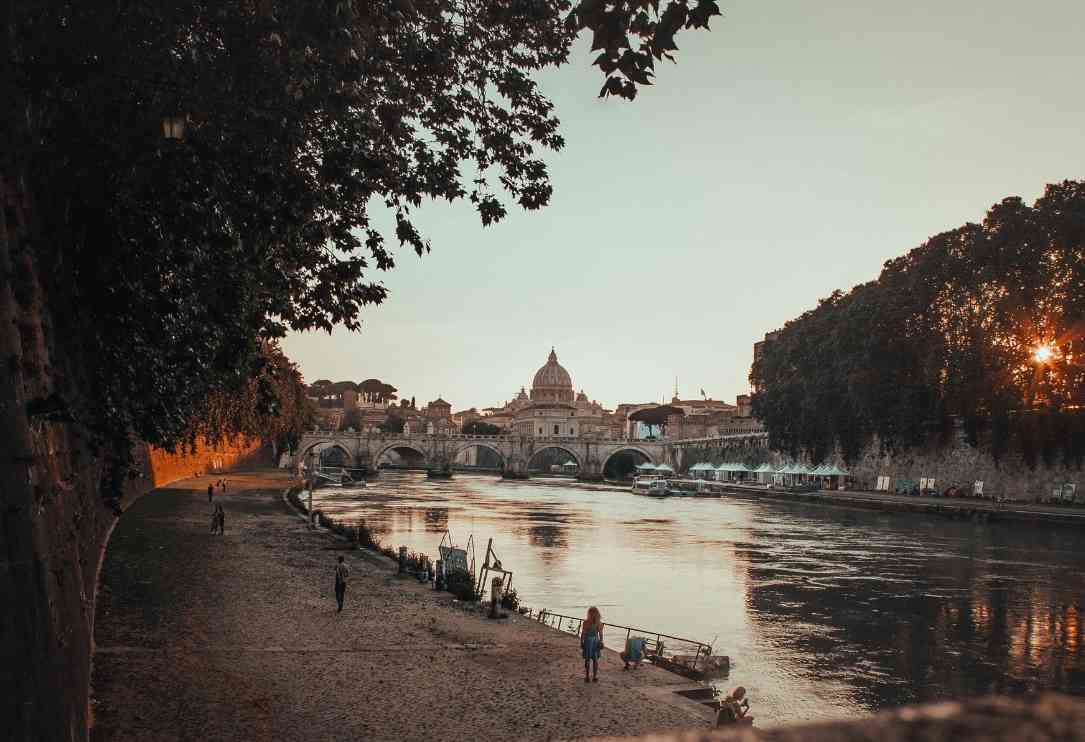

In Rome, you can get a public transportation ticket for €1.50, and it can be used for Metros, trams, and buses in the city. You can definitely use Ubers (even though many taxi drivers will tell you that it’s illegal — it’s not), but I honestly don’t recommend doing that (unless you’re heading to the airport) because traffic in Rome is insane. Metros are definitely the fastest way to get around the city.
In terms of personal care, a haircut in Rome typically costs around €20. You can get 4 rolls of toilet paper for around €2, and a Vinylux manicure typically costs €25.
Visas, medical care, etc
In order to stay in Italy for more than 90 days, you’ll need to apply for a long-term visa, AKA ‘Visa D’. To get this visa, you’ll need to provide a legitimate reason for your stay, such as work, study, self-employment, etc. Your reason will determine the length of the validity of your visa.
If you stay less than 90 days and you are coming from a visa waiver country you will need to apply for the ETIAS application from November 2023 onwards.
If you’re a legal resident in Italy, healthcare is pretty much entirely free and covered by the government (via taxes). This included testing, surgeries, and medication. You can also get private insurance on top of that if you want to, but it’s really not necessary unless you want to avoid waiting times. Private insurance will also cover things like dentistry, which isn’t covered by the National Healthcare Service.




